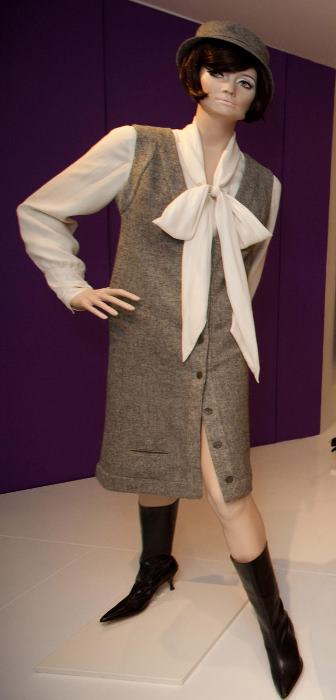
by Gideon Marcus
Where we stand
Just over a decade ago, there were no board wargames. Back then, if you wanted to simulate the field of battle on a scale smaller than 1:1, your only real option was to buy or cast an army of tin soldiers and fight per the few various rules sets that had been developed.
And people did just that, mind you, whether they were playing Fletcher Pratt's naval wargames or H.G. Wells' Little Wars.

In 1954, Charles S. Roberts started a modest revolution with his game, Tactics. Now, armies could be represented with cardboard chits instead of expensive figures. And for nearly ten years, Roberts stood as virtual king of an entire class of games. With the exception of Games Research's Diplomacy, Roberts' company, Avalon Hill, produced every board wargame ever made. By 1961, his company war producing two a year (as well as several general audience games).

But in December 1963, straitened circumstances caused Roberts to sell the company over to Eric Dott, head of Monarch Services, Avalon Hill's creditor. Roberts' friend and colleague, Tom Shaw, is now at the helm.
This turnover does not seem to have affected the wargame company from Baltimore. Two games have been launched this year, both World War 2 titles: Afrika Korps, a simulation of Rommel's drive in North Africa, and Midway, depicting the savage naval battle between Japan and the United States near the Pacific island base.
Of course, I was bit by the gaming bug right at the start, and I've done my best to keep on top of all the new games. With the exception of the poorly rated Chancellorsville and the obtuse Gettysburg, I think I've played them all. And that means I get to share my experiences with you on the current state of the art of wargaming. Read on…and perhaps you'll get bit by the bug!
Breakout
In 1958, Roberts developed a sequel to Tactics imaginatively called Tactics II. This game didn't simulate an historical battle. Instead, "Red" faced "Blue" in a match that was geographically dissimilar, but with identical armies. It was with this game that Roberts popularized a number of elements common to wargames today.

First, the idea that (as opposed to chess or checkers) that you can move all of your pieces during your turn. This was a revolution, and it took time for new players to wrap their heads around it!
The second was the "Combat Results Table" (CRT). Tactics II set the mold for wargames, incorporating a movement phase followed by a combat phase. All units that ended their turn next to an enemy had to fight them, the results of said battle determined by the roll of a die and consultation with the CRT. At odds of 1 to 1, or even 2 to 1, it was a brutal chart — more dangerous to the attacker than the defender.
But at 3 to 1, the attacker was assured of success. The enemy would have to retreat or would be outright eliminated, sometimes taking an equal number of attackers with them. The odds of defender elimination rose as the odds increased in favor of the attacker.
It was a simple concept, and yet, so profound was its impact in its elegance, that the think tank, Rand, approached Roberts. It seemed that his CRT was strikingly similar to ones they were using in their own games! A sheepish Roberts explained that he'd made his in about 15 minutes, developed from the textbook maxim that odds of 3 to 1 were considered the minimum necessary to guarantee victory.

That's the history — how's the game? Well, Janice and I took a stab at it, but quite frankly, it didn't appeal. The lack of historical underpinning, and the complete parity of the forces gave us a sense of "why bother". Perhaps if we'd played the advanced game, which has more bells and whistles.
Also, we had been spoiled by the more advanced games that Roberts developed in the '60s. Once you see the improvements made, you'll understand what we mean.
So, two stars for Tactics II, but coupled with admiration for the revolution it was.
The Great Invasion
There is no question that the most "popular" war of the last several centuries is World War 2. This makes sense — all of us served, or had family who served. It was global and thus rich in settings and scenarios. It was a "good" war with clear good guys and bad guys.
It's no surprise, then, that four of the last five wargames put out by Avalon Hill (and at least the next two, per early reports) all have WW2 as their setting.
The first in this series, D-Day, covers the most dramatic American land engagement of the war: the assault on and liberation of Nazi-occupied France.

As with Tactics II, a lot of firsts were introduced in this game. Unlike its historical predecessors, Gettysburg,Chancellorsville, D-Day didn't simulate a battle but a whole theater of war. Moreover, instead of having a fixed setup, with units occupying (more or less) the places they held on the eve of the depicted battle, D-Day is the first alternate history wargame.
For the Allied player may choose one of seven invasion beaches, Normandy among them. And the Germans largely have free reign on how to set up their forces in anticipation. This means that every game has the potential to be completely different from the last.
Another big distinguishing element from Tactics II, though it was pioneered in Chancellorsville, are the hexagonal "squares" on the mapboard. This was an innovation Roberts definitely borrowed from Rand's wargames; these innovative hexes allow equidistant movement in six directions, as opposed to squares, on which diagonal movement is greater than movement through the sides.

Needless to say, my friend John and I were eager to try out this behemoth of a game. After a false start — it's really easy to lose as the Germans if your setup is suboptimal — we settled down for a twenty hour slog across France. The first time out, I'd done a simple storm across the Channel into Picardy. This time, I was experimenting with the southern option, going in from the Mediterranean. That meant I'd flanked most of the German defenses. I got lucky and managed to spill out into central France before John could solidify his defense, and so, halfway through the game, I had all of my invasion forces ashore, arrayed against a precarious line of his troops.

What ensued was a methodical, tedious grind as I slowly pushed him back, hex by hex. Attempts at clever breakthroughs involving paratroop operations in Holland resulted in failure. Time and time again, 50/50 die rolls went against me. Finally, at the banks of the Rhine, I made a couple of desperate die tosses…and lost.
We were highly impressed with the game at that point. It had afforded us several sessions of entertainment and had come down to a virtual draw. But there was a nagging feeling tugging at the back of our brains. While the opening rounds of the game were exciting and varied, we had a suspicion that it always came down to the mid-game slog…and dozens of hours of grinding to a conclusion.
To explore our concerns, we teamed up, working on the optimum German defense. We found that, no matter what, the Allies can always crack through somewhere, and at that point, it's just a matter of time before the Allied behemoth is on the continent, working its way toward the Reich.
Conclusion: D-Day is a great game to play once or twice, but it pales after that.
Four stars for the first games. Two beyond.
Duel in the Desert
The next two games that Avalon Hill released after D-Day were Waterloo and Stalingrad, games I have reviewed in prior articles. The first was a set piece battle a la Chancellorsville; the second an operation monster similar to D-Day.

The latest release, Afrika Korps, lies somewhere inbetween the two in scope. A simulation of the battle for North Africa, 1941-42, it pits a powerful, mobile German force against a ragtag but ever increasing band of Allied defenders. As with prior releases, there are a couple of interesting innovations.
For one, logistics is not abstract, as in D-Day, or not a concern at all, as in Waterloo. Instead, supply trucks are physical units you drive around, and they are expended in an attack — which can leave your aggressors high and dry even after a successful assault!
Also, because of the scale and nature of the desert terrain, moving units along a road doesn't just confer a +1 movement bonus; you get a whopping +10! Also, the Germans have an immortal Rommel unit who confers an additional +2 movement bonus to accompanying troops. That means that there are German units that can move a ridiculous 24 hexes in a single turn.

That kind of mobility and the lack of defensive terrain (no river lines, for instance) makes for a much more fluid game. Units dart around, forward and back, trying to encircle the enemy and cut them off from supply while at the same time, trying to prevent being encircled themselves. Rather than a slow slogfest, like D-Day, Stalingrad, or even Waterloo to a degree, Afrika Korps affords and rewards daring play.
Unfortunately, a lot of the game is luck based. In order to keep the Germans from stomping the Allies, and to model the interdiction of Axis transport by the British navy, there is a chance every turn that the fascists' supply trucks don't show up. Enough turns like that, and the Germans become unable to do much before the defenders build up their forces.
Morever, the Axis must take both El Alamein and Tobruch to win, and assaulting Tobruch is always a risky proposition. Afrika Korps, like its predecessors, uses the exact same CRT as Tactics II. There's a one in three chance a powerful unit gets destroyed in a 3 to 1 attack, the best the Germans will be able to muster. And if the Germans lose one of their two big tank units, that's a huge blow. That's not counting all the supply die rolls, which are often 50/50.

What this boils down to is that there's an awful lot of luck that goes into each game. That may be realistic, but it's also frustrating. Janice and I had (and are having) a lot of fun playing Afrika Korps, but these issues make it hard to give it more than three stars.
Come out and play!
Financial difficulties aside, Avalon Hill knows it's got a growing audience. To that end, the company has launched a bimonthly newsletter, The General, in which new games are announced, players discuss strategy, and lonely players find each other for local contests. It's a brilliant idea, and while the articles range from mildly interesting to somewhat sophomoric, there's no question it helps knit the community together.

Heck, it's even inspired us to build our own network of players. Because whatever the issues with the individual games, wargaming is an exciting new hobby. It stretches the mind, enhances understanding of history, and is a lot of fun.
Perhaps you fancy yourself a future Napoleon, Wavell, or Xenobia — come join us! We'd love to swap war stories…

[Come join us at Portal 55, Galactic Journey's real-time lounge! Talk about your favorite SFF, chat with the Traveler and co., relax, sit a spell…]

![[November 3, 1964] State of the Art of War(games)](https://galacticjourney.org/wp-content/uploads/2019/11/641103rommel-672x372.jpg)

![[October 4, 1964] Are You Literate Enough to Vote in Louisiana?](https://galacticjourney.org/wp-content/uploads/2019/09/641004protest-672x372.jpg)

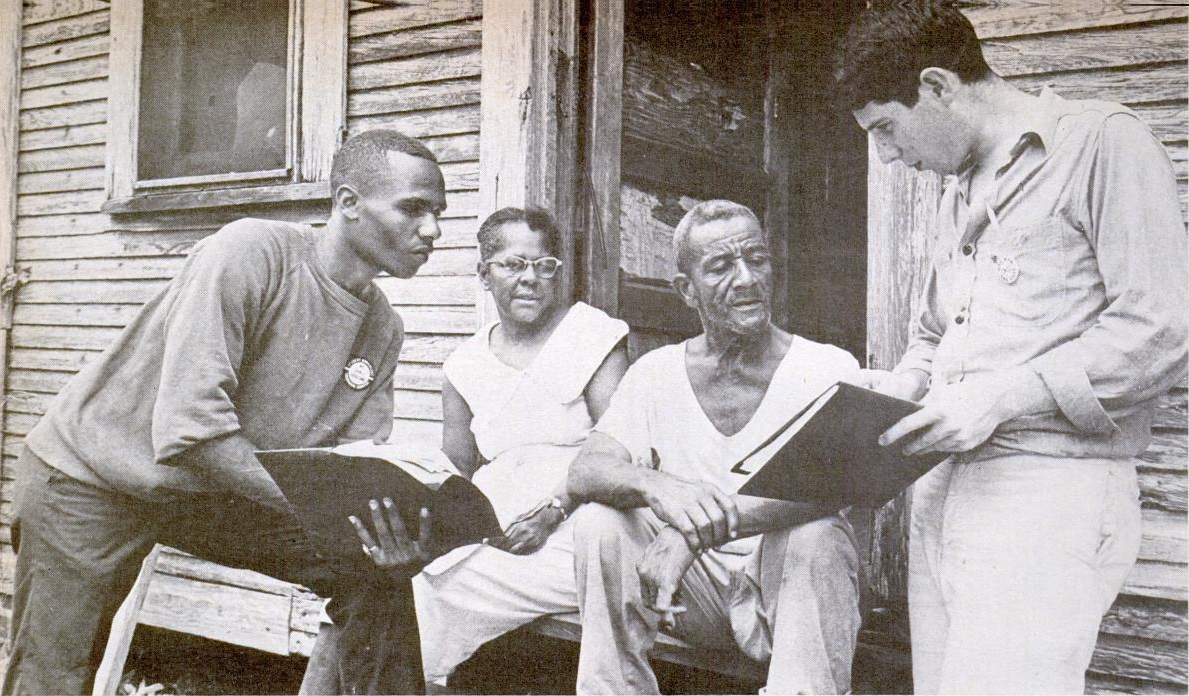
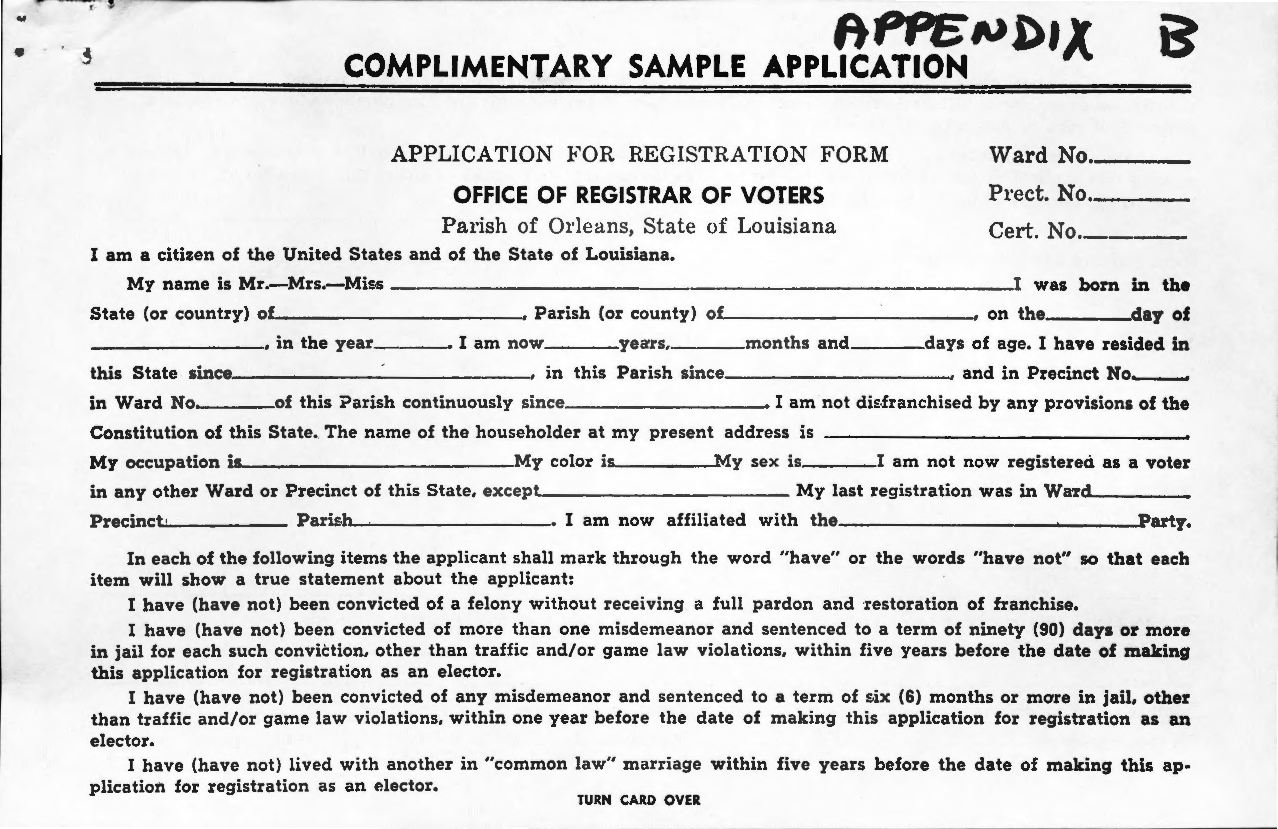

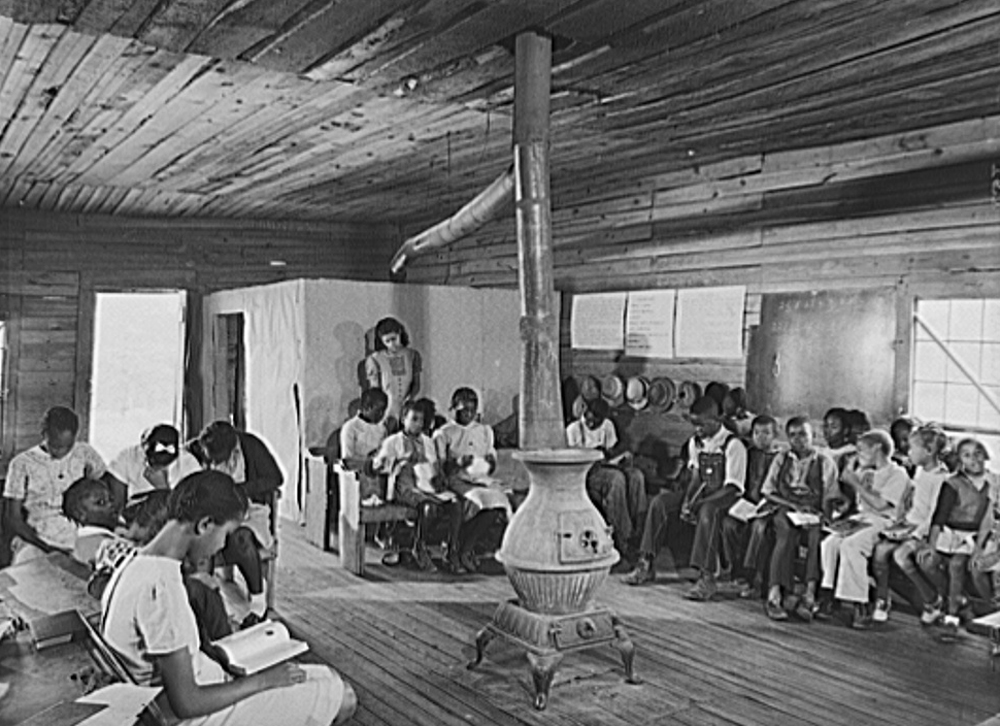



![[September 30, 1964] San Francisco Arts Festival (Marantz Rocks the Plaza)](https://galacticjourney.org/wp-content/uploads/2019/09/mimetroupeubu.jpg)


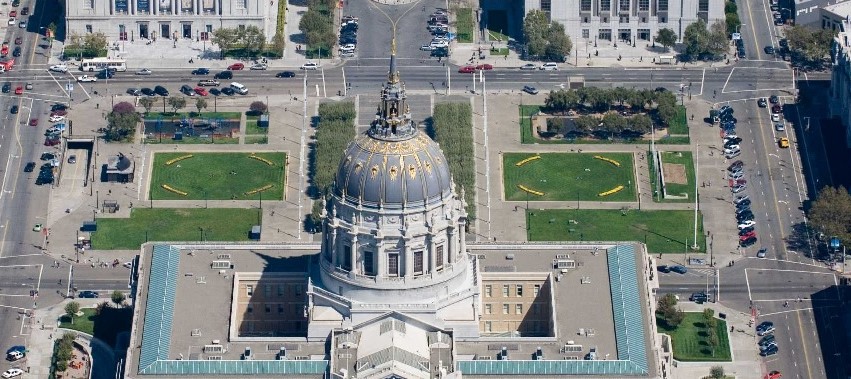
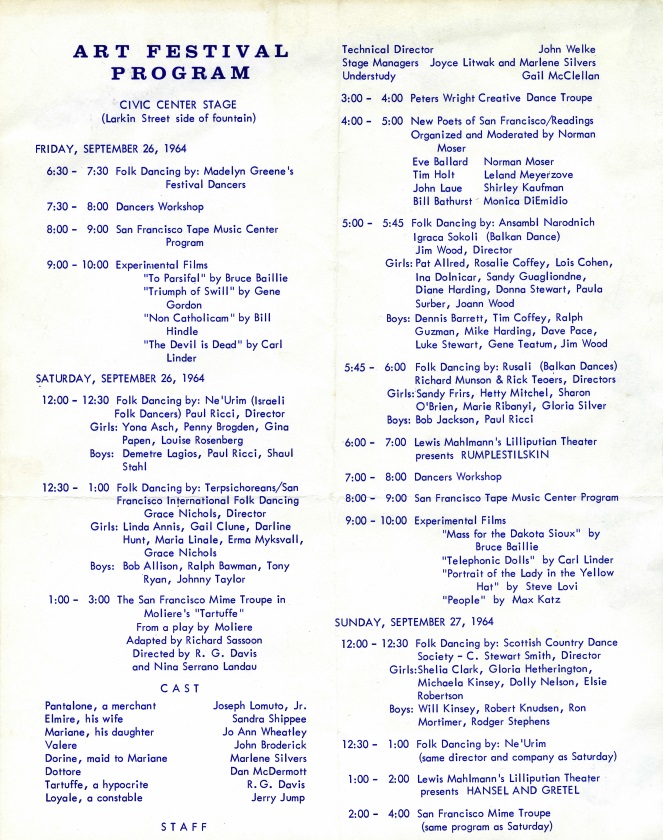


![[August 21, 1964] The Good News (September 1964 <i>Fantasy and Science Fiction</i>)](https://galacticjourney.org/wp-content/uploads/2019/08/640821cover-672x372.jpg)

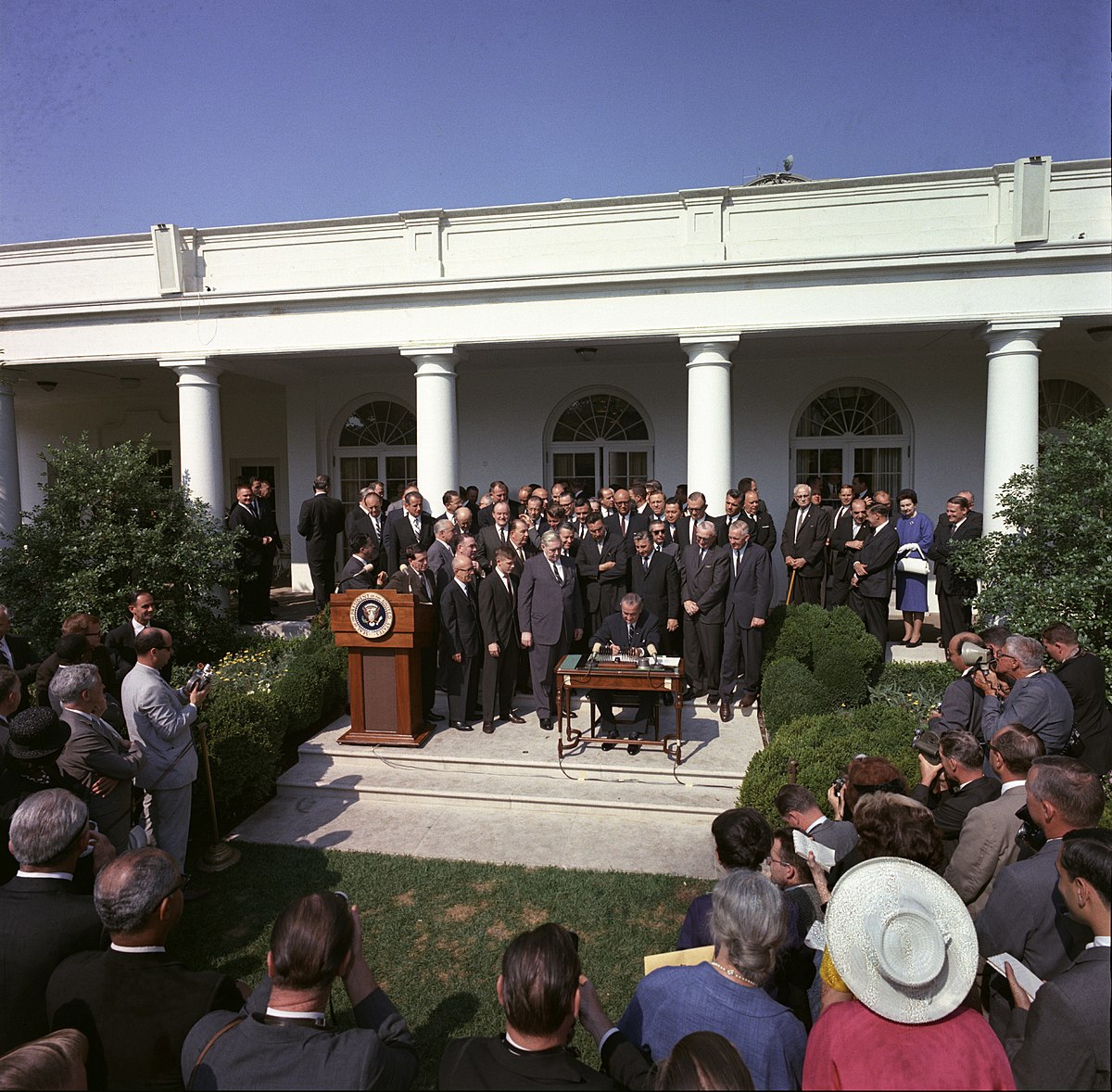







![[August 19, 1964] Seasonal Musings: Fall/Winter 1964](https://galacticjourney.org/wp-content/uploads/2019/08/640819a01-564x372.jpg)

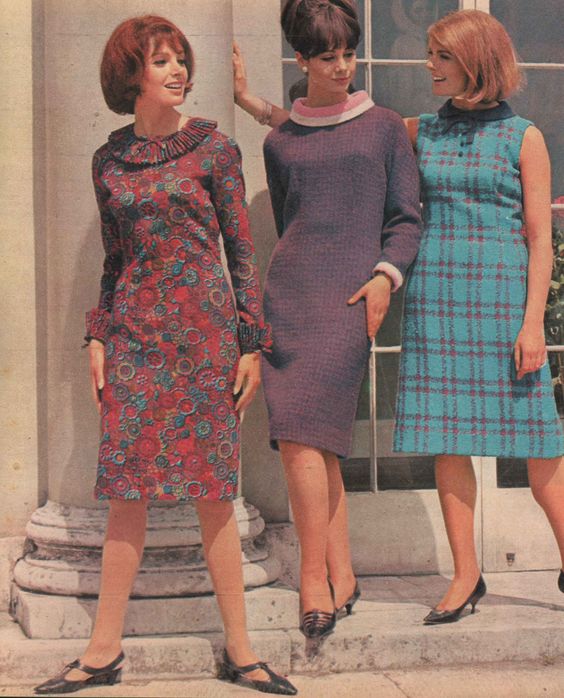


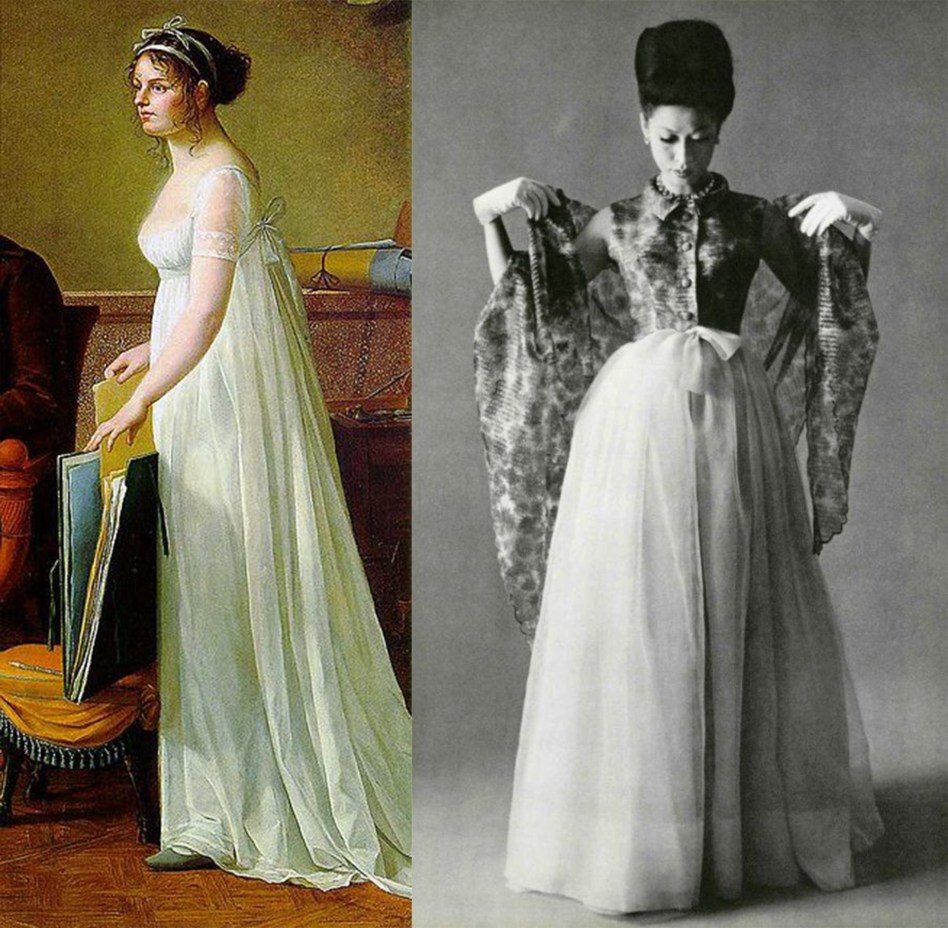
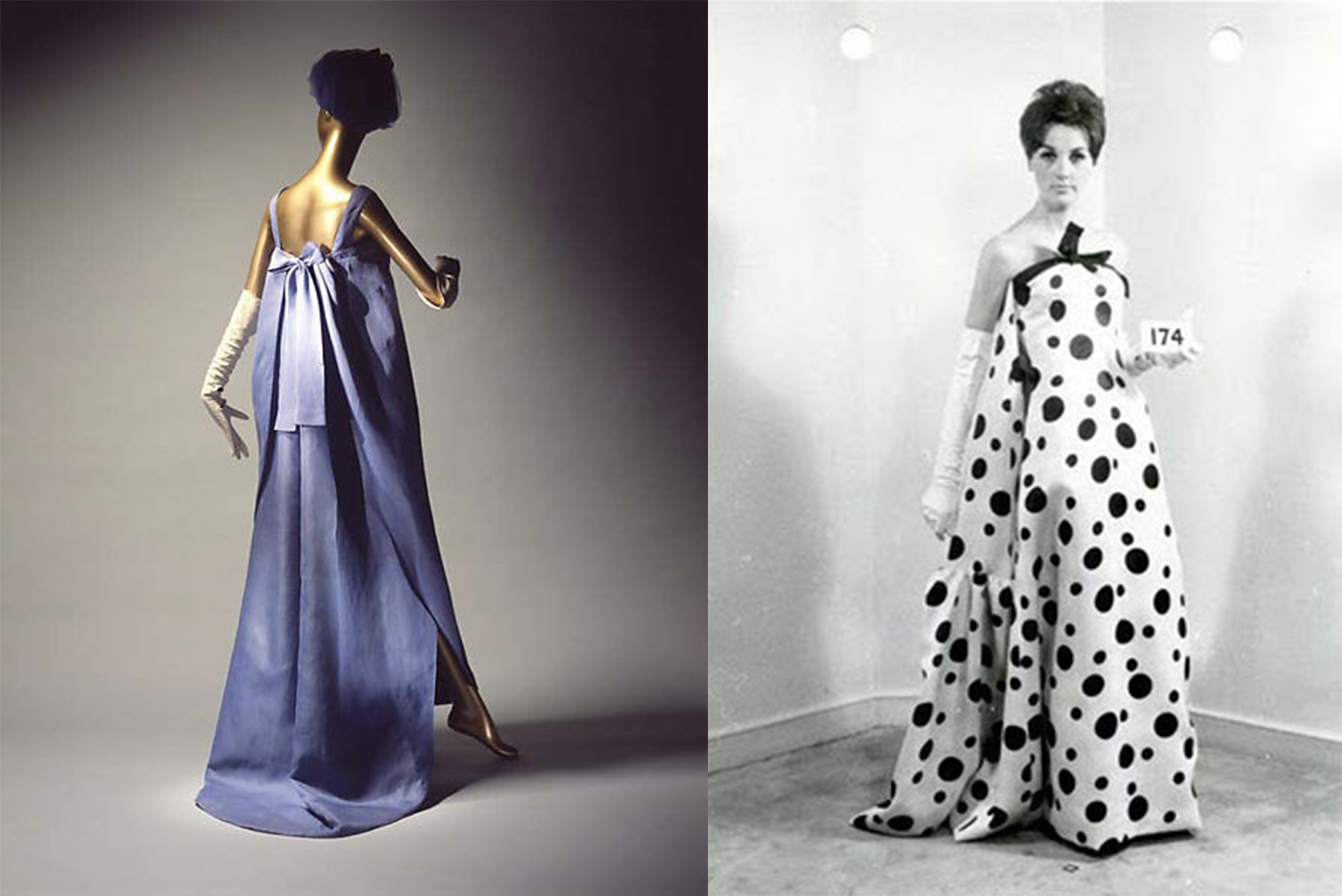

![[August 13, 1964] Plus ça change (September 1964 <i>Amazing</i>)](https://galacticjourney.org/wp-content/uploads/2019/08/amz0964cover-2-649x372.png)

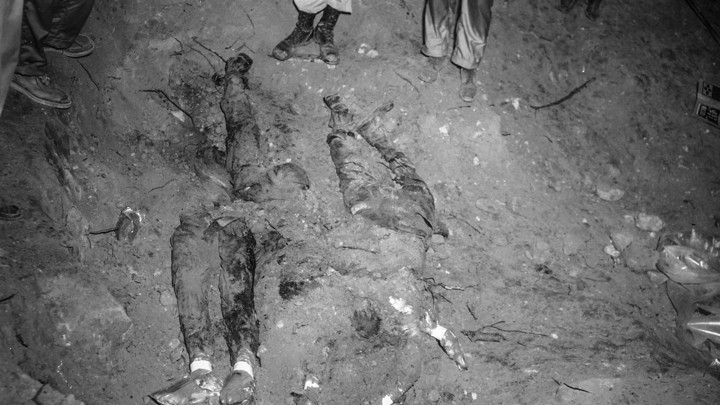








![[July 28, 1964] Beatlemania Arrives Down Under!](https://galacticjourney.org/wp-content/uploads/2019/07/640728Beatles-Off-to-NZ-672x372.jpg)

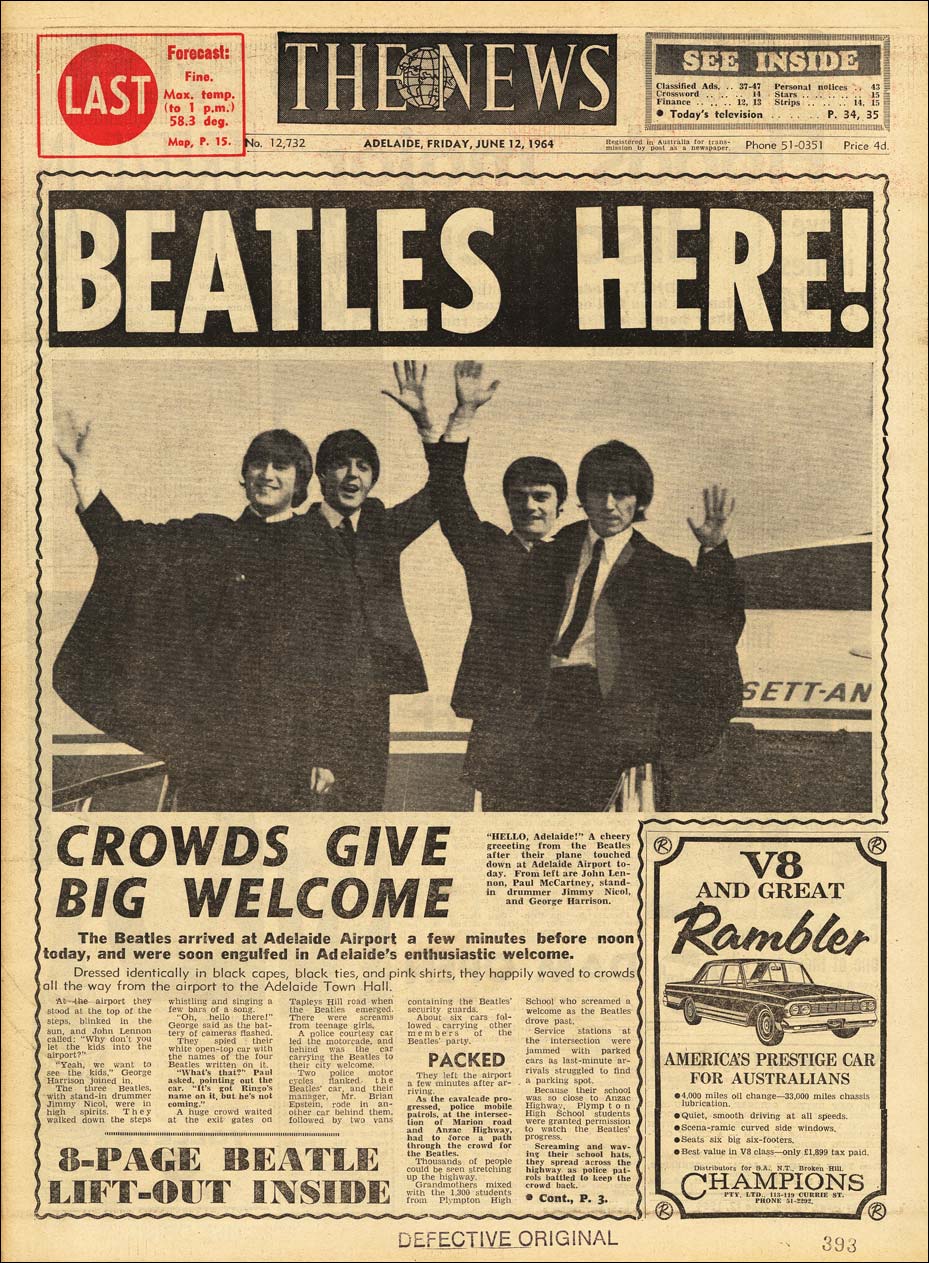

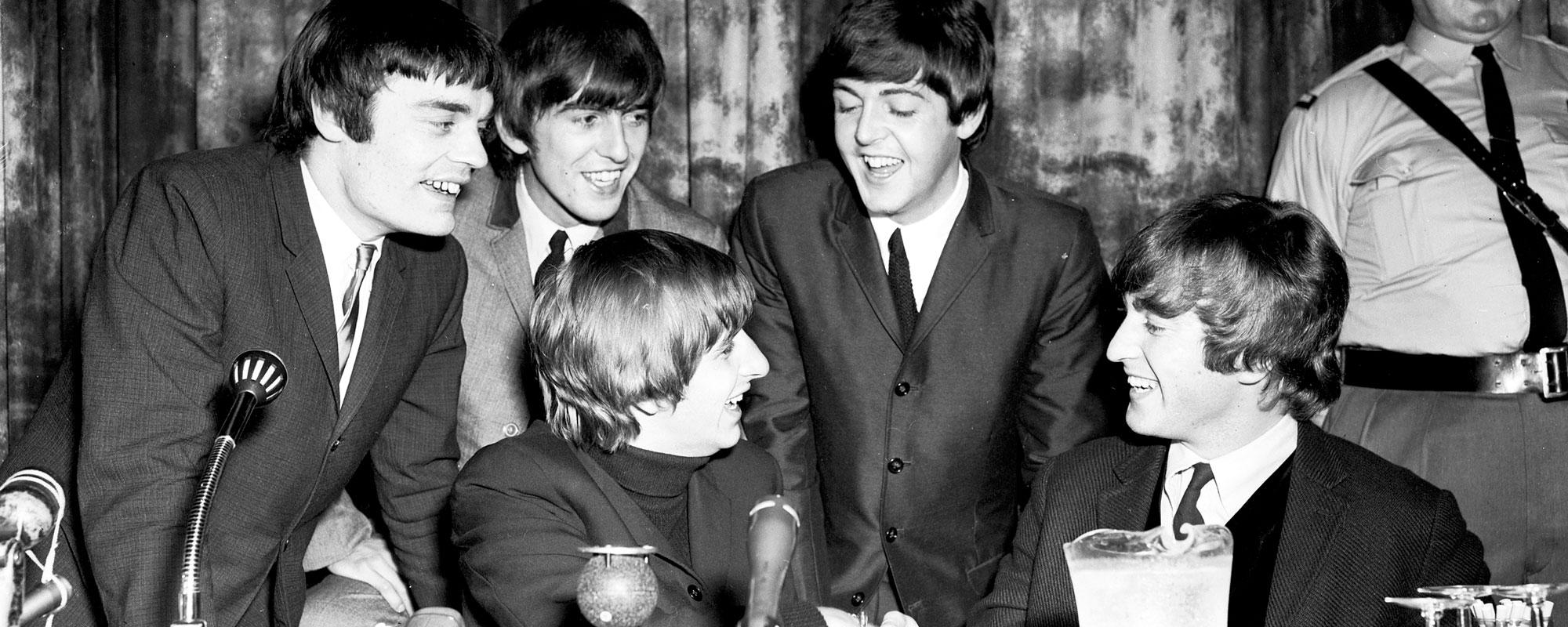
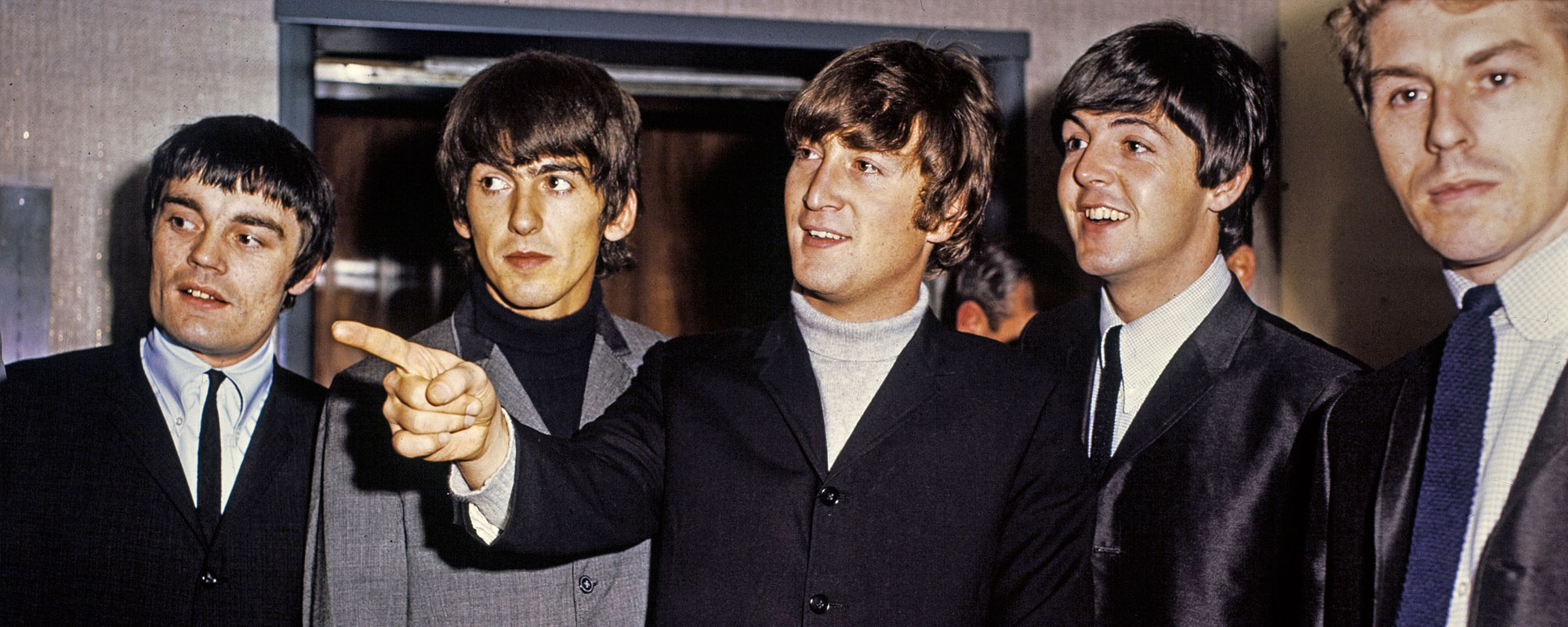

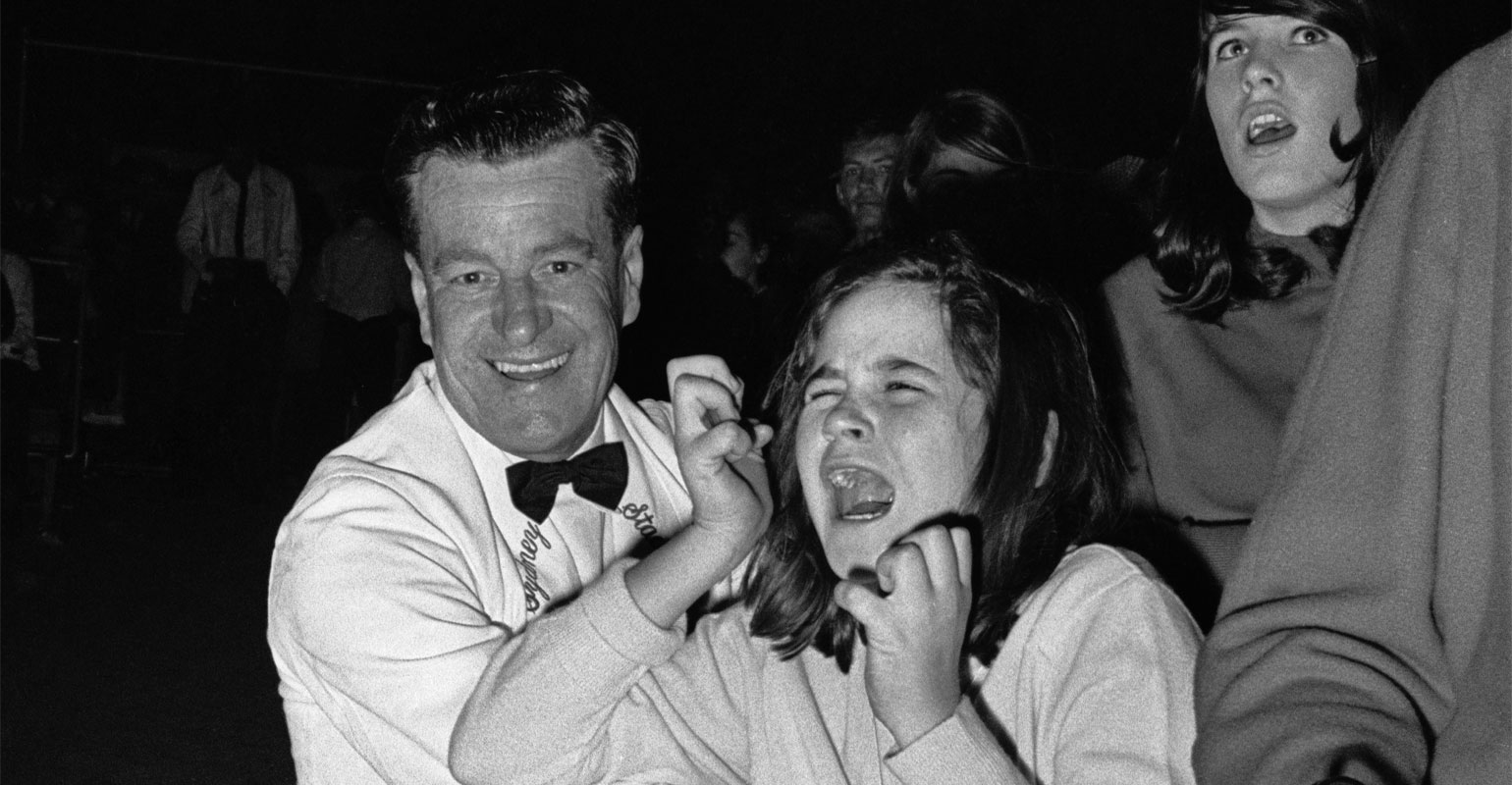
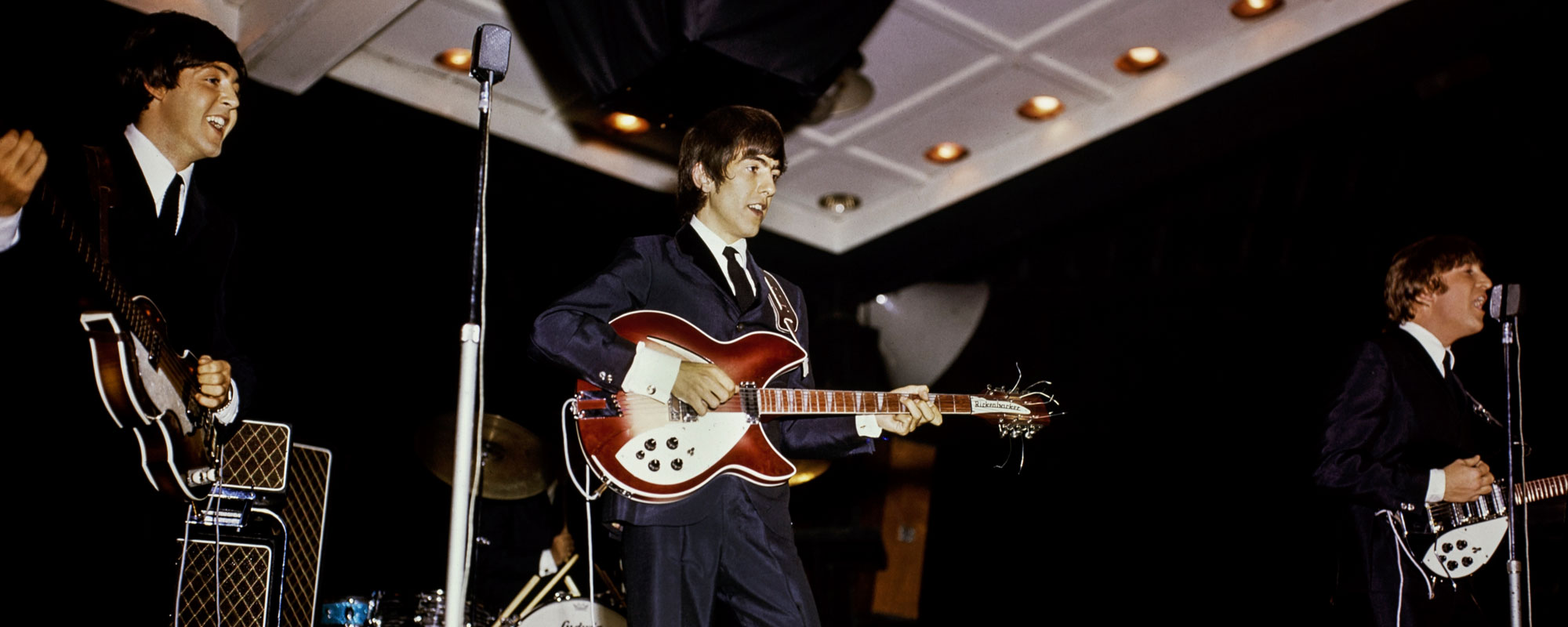
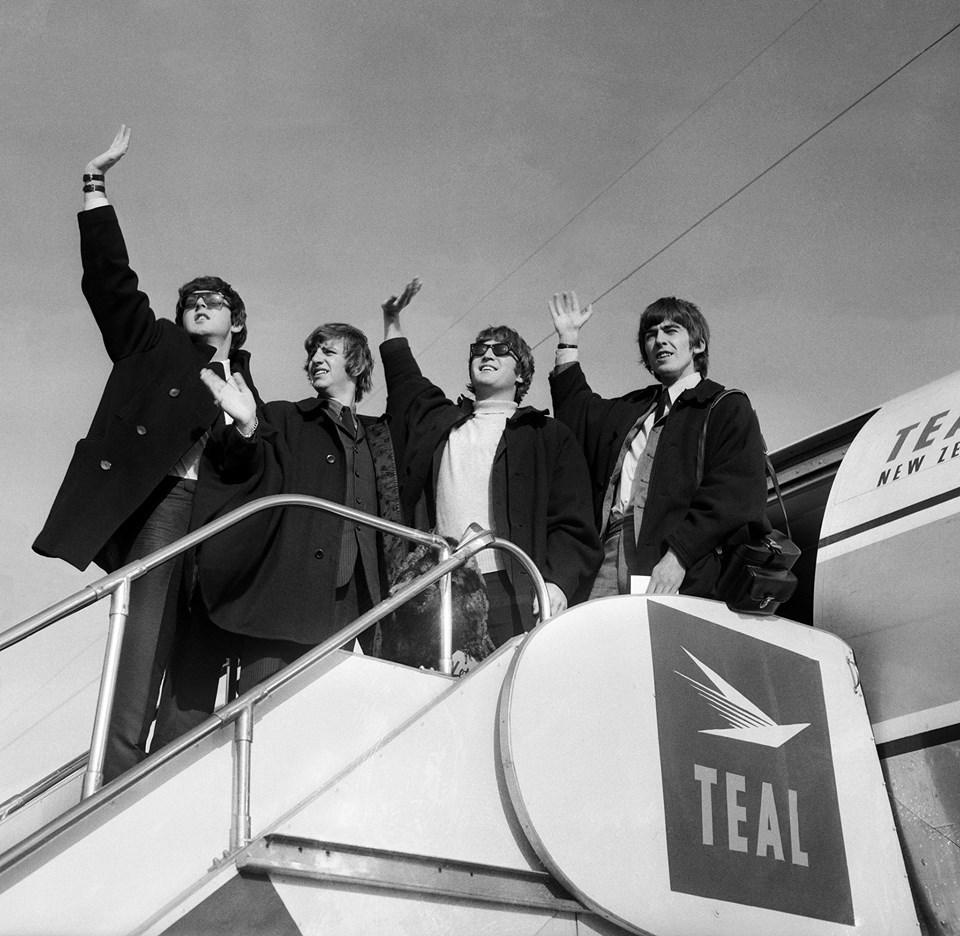
![[July 4, 1964] A Struggle for Freedom (The Civil Rights Act)](https://galacticjourney.org/wp-content/uploads/2019/07/640704jobmarch-672x372.jpg)

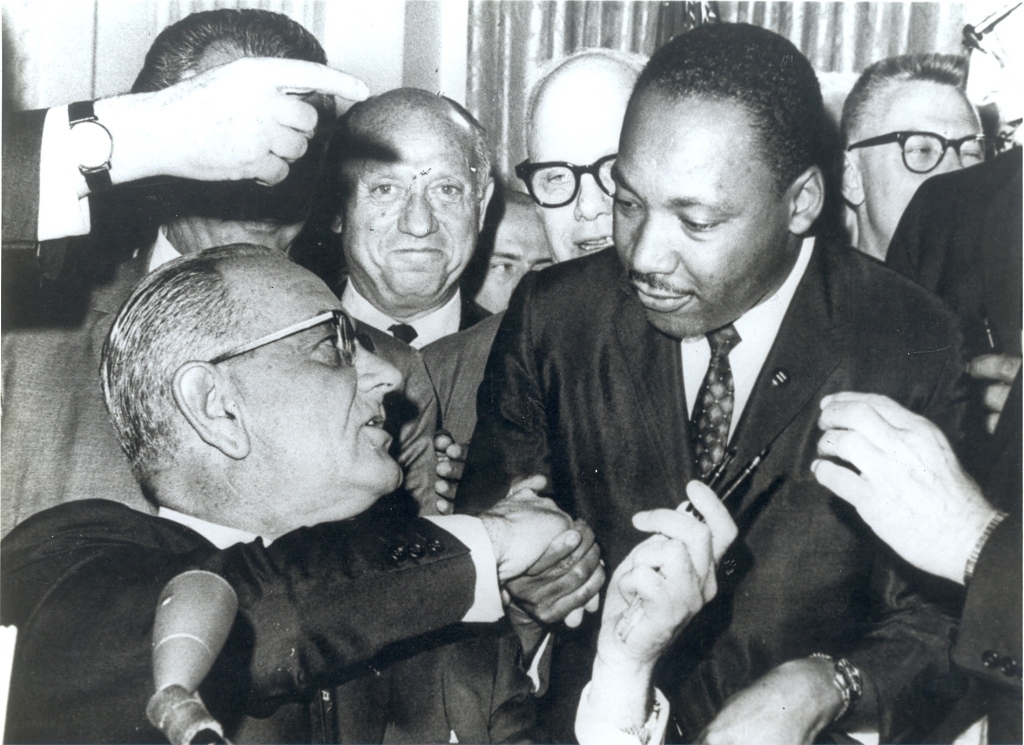

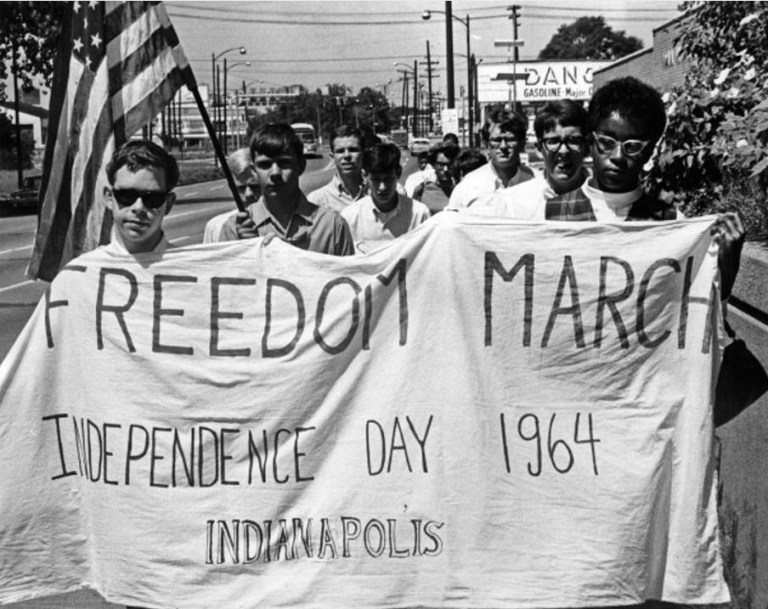
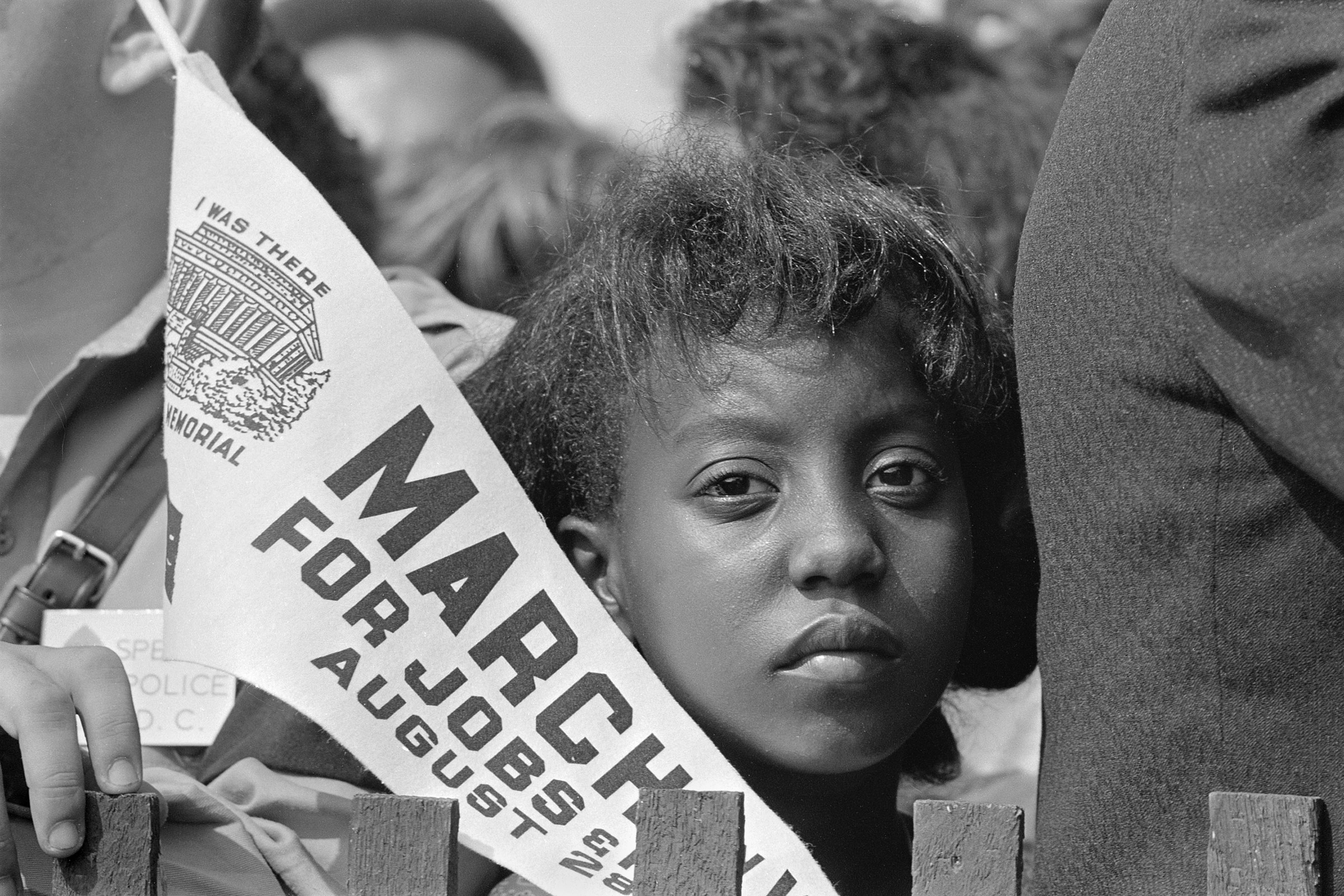
![[May 4, 1964] A Matter of Proportion, Revisited](https://galacticjourney.org/wp-content/uploads/2019/05/640504napdress2-672x372.jpg)

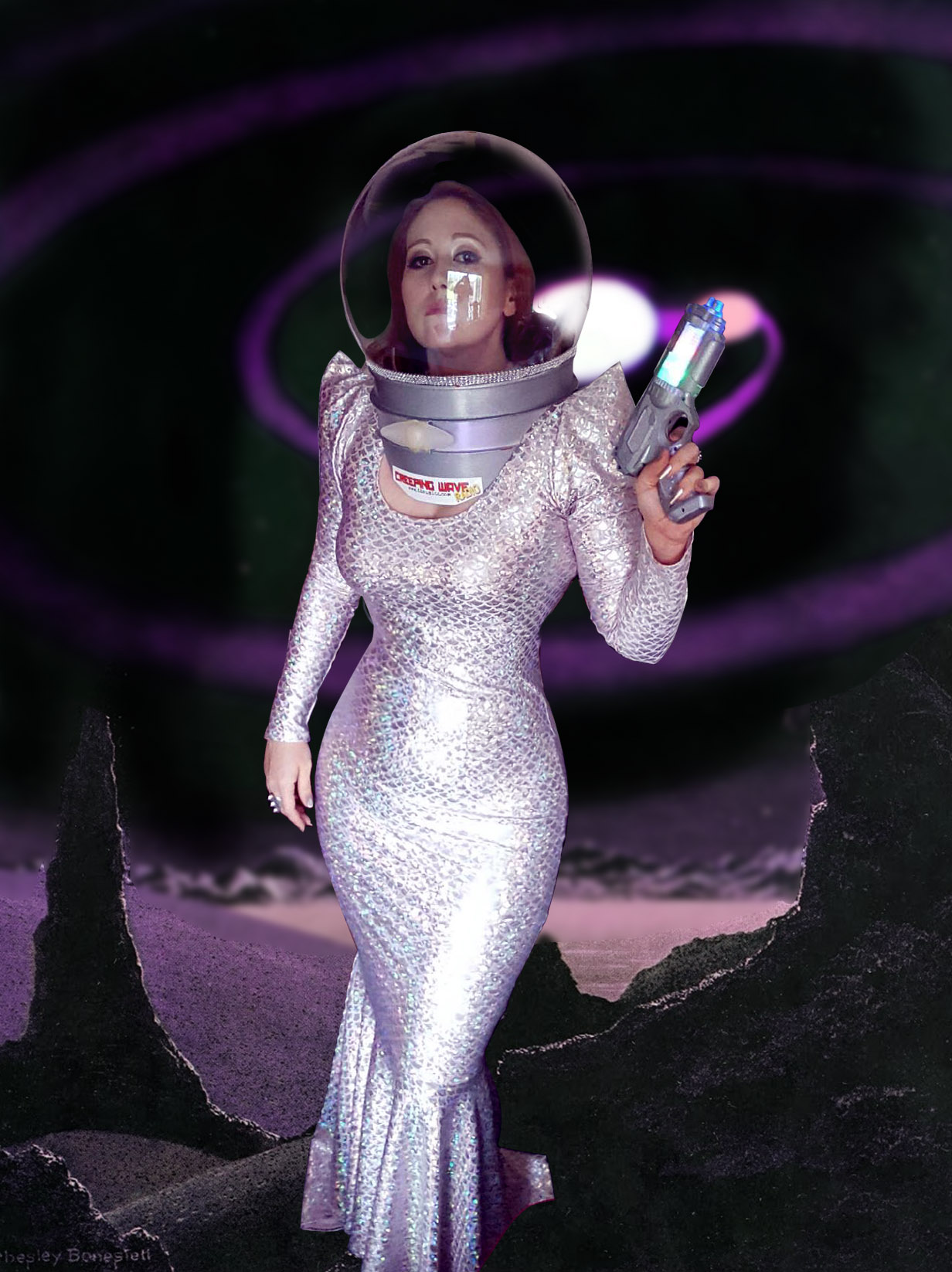
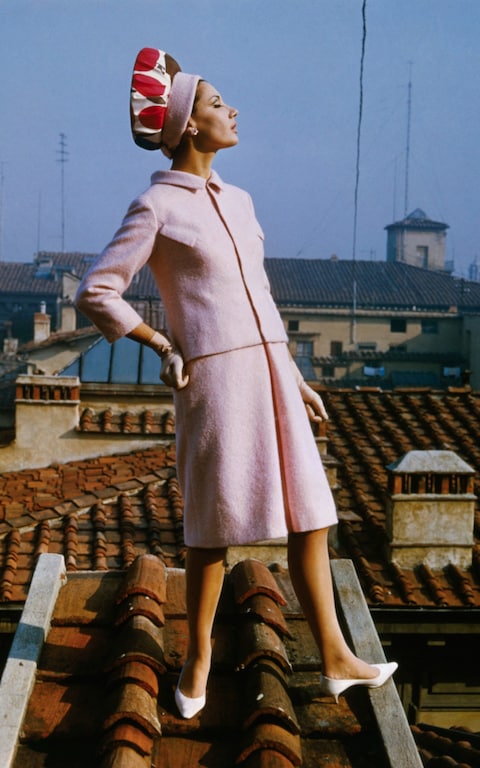
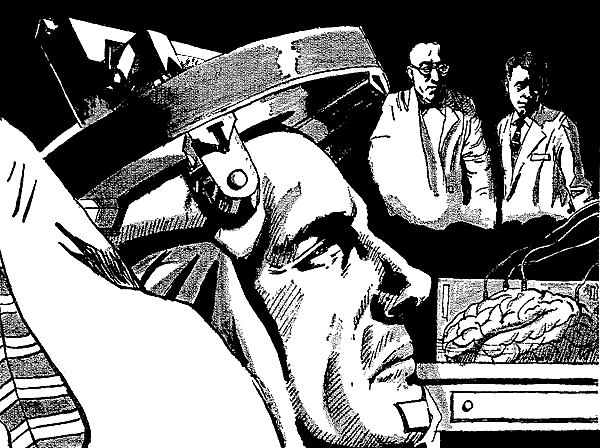

![[April 30, 1964] Mary Mary Quite Contrary: Mary Quant and the Modern Woman](https://galacticjourney.org/wp-content/uploads/2019/04/640430a03-672x372.jpg)



